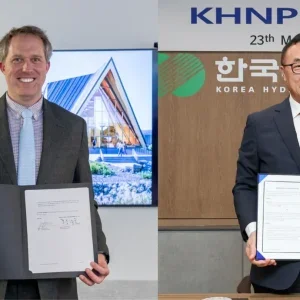Of the ten projects, Sunkosh, Wangchu, Amo Chhu, and Bunakha with more than 5000 MW capacity will be in the reservoir scheme, meaning that the river will be dammed to store water unlike the run of the river schemes.
“This will help in energy security by allowing us to store water for the dry winter months and also get higher rates since electricity generated during peak hours will get higher rates,” Bhutan’s Economic Affairs Minister Lyonpo Khandu Wangchuk said.
“We are, however, keeping on top of the target 10,000 MW a cushion of 1,576 MW just in case some projects are unfeasible, or there are other problems,” Wangchuk said.
The next project to be implemented right after Punatsangchu 1 would be the 720 MW Mangdechhu.
“We’re looking at how to strengthen our current vocational training institutes and how to establish the new training centres,” Wangchuk said. He added that WAPCOS INDIA limited has been hired to find out the required number of people and the type of skills needed for the projects.
These were all decided by the empowered joint group (EPJ) set up by the two countries to fast track the mega projects.
“The joint group will give fast track approval of implementation modalities, financing mechanisms, fund flows, contingency plans and also monitor the progress of all activities related to the projects,” Wangchuk said.
The EPJ group has Lyonpo Khandu Wangchuk as chairman, finance secretary Lam Dori, director general of energy department Yeshey and Druk Holdings and Investment Limited Chief Executive Officer Karma Yonten. The group from India will include the principal advisor (finance), joint secretary (north) (both of ministry of external affairs) and joint secretary of the power ministry. The Indian ambassador will be a permanent invitee.






